Defining and Analyzing Patient-centric Endpoints Based on COAs and Digital Technologies (original) (raw)
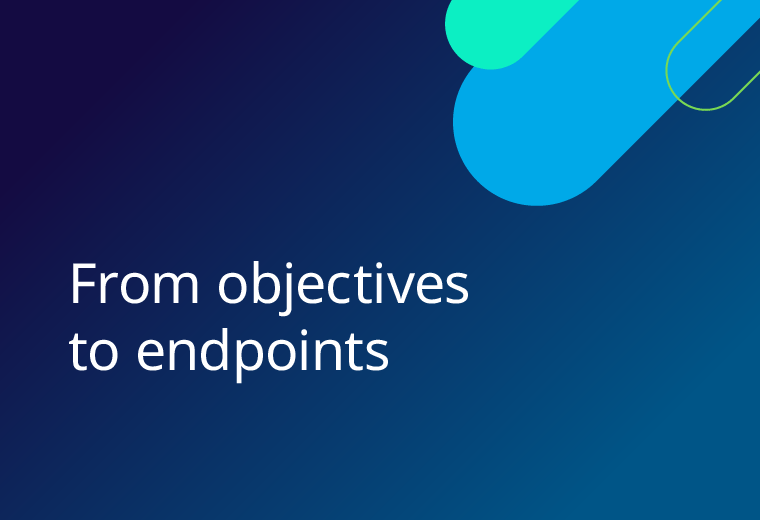
Chapter 1
From objectives to endpoints
This chapter offers guidance on how to define patient-relevant COA endpoints that will answer meaningful research objectives in clinical trials.

Chapter 2
From endpoints to estimands
This chapter provides a gentle introduction to the estimand framework (in lay terms), and its role in planning and analyzing clinical trial endpoints using COAs, with an emphasis on accounting for intercurrent events (ICEs).
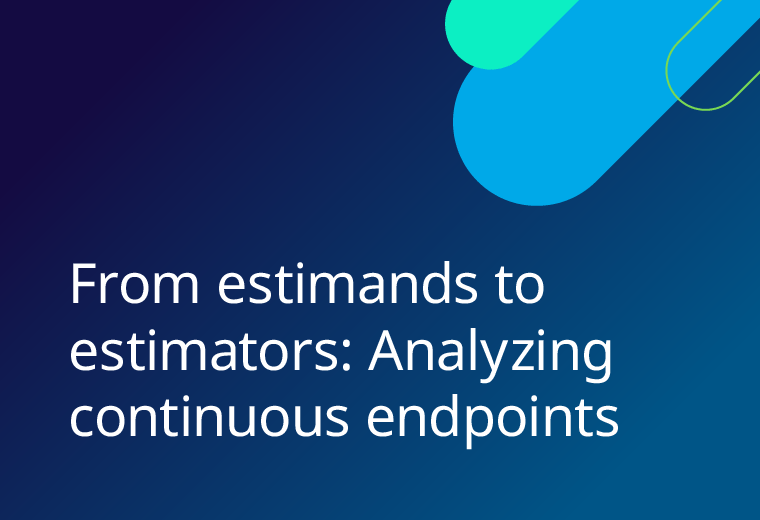
Chapter 3
From estimands to estimators: Analyzing continuous endpoints
This chapter outlines how to best analyze continuous COA endpoints using traditional and emerging statistical approaches, while accounting for ICEs.
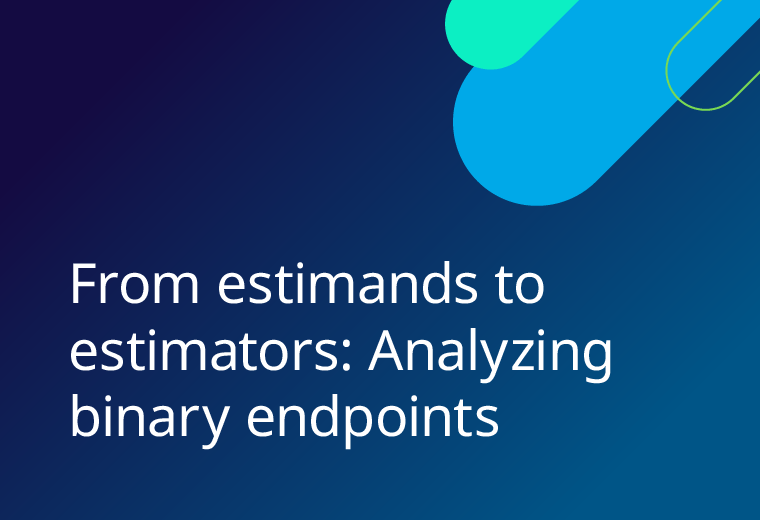
Chapter 4
From estimands to estimators: Analyzing binary endpoints
This chapter outlines how to best analyze binary COA endpoints using traditional and emerging statistical approaches, while accounting for ICEs.
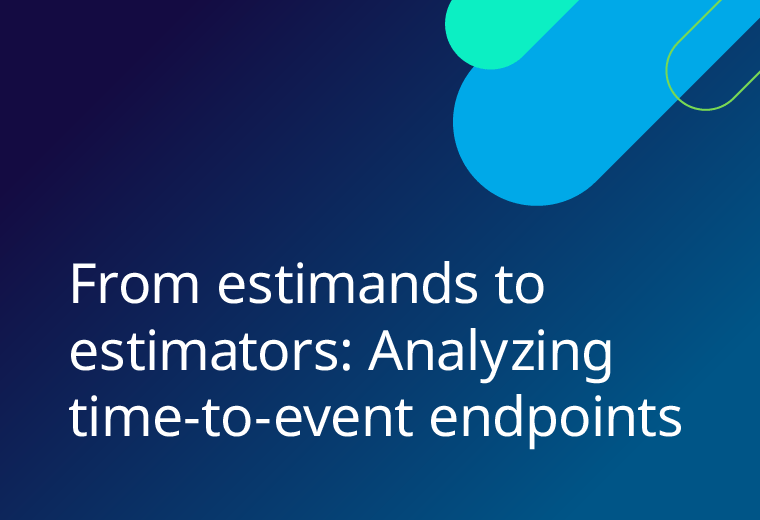
Chapter 5
From estimands to estimators: Analyzing time-to-event endpoints
This chapter outlines how to best analyze time-to-event COA endpoints using traditional and emerging statistical approaches, while accounting for ICEs.
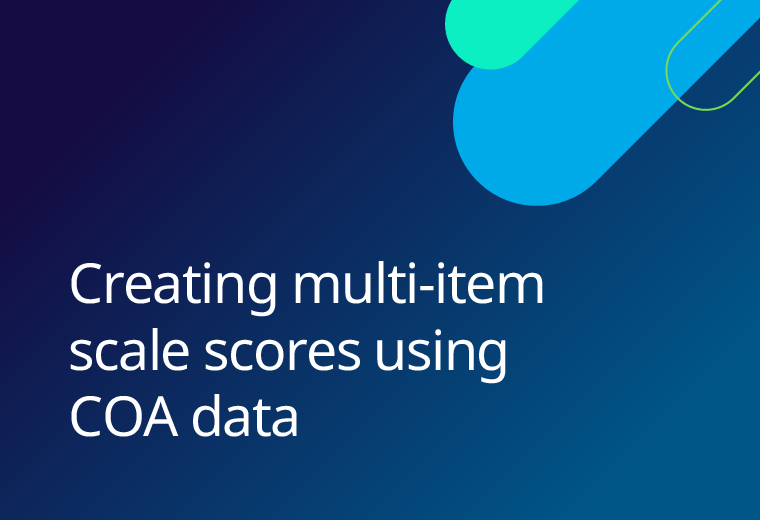
SPECIAL CHAPTER
Creating multi-item scale scores using COA data
This special chapter discusses approaches to scoring COA instruments.
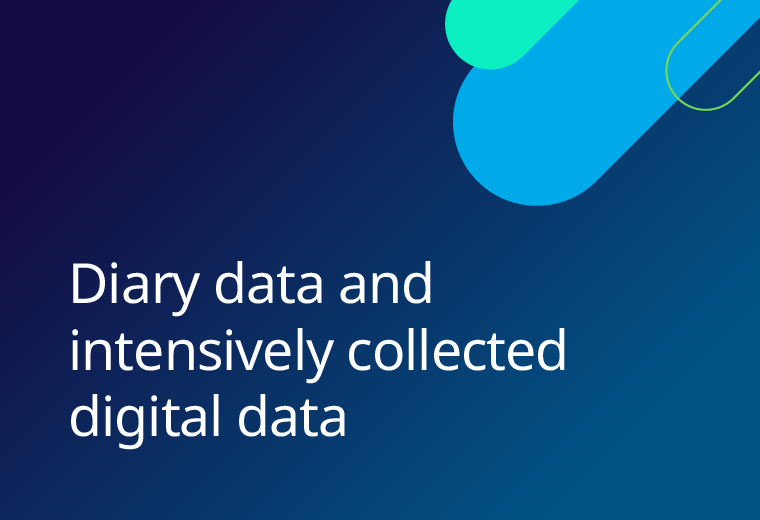
Chapter 6
Diary data and intensively collected digital data
This chapter outlines how to obtain more granular insights on patients’ experience by collecting and analyzing diary data and other intensive longitudinal data (ILD).
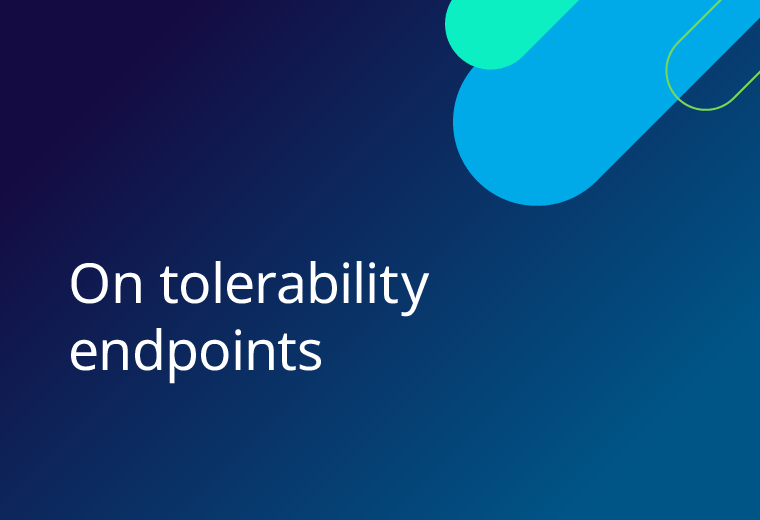
Chapter 7
On tolerability endpoints
This chapter discusses the emerging role of COA data to assess tolerability from the quantitative point of view, and the specific analytical considerations.
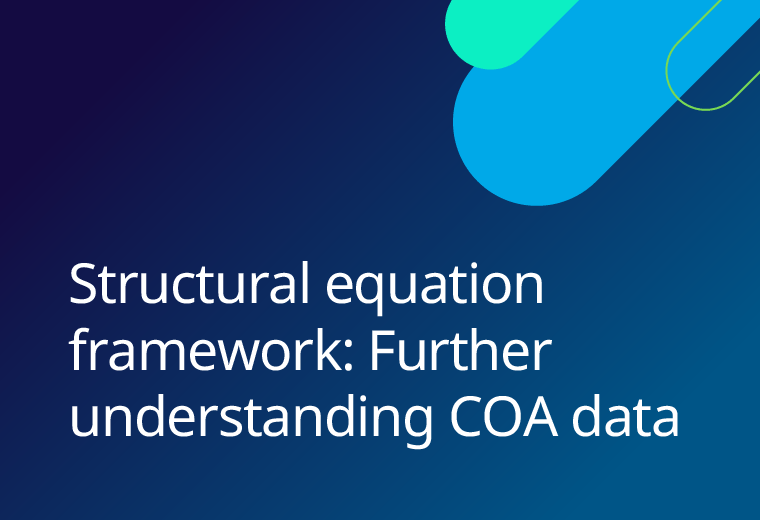
Chapter 8
Structural equation framework: Further understanding COA data
This final chapter synthesizes alternative approaches to analyzing COA data which can offer additional insight and aid interpretation (e.g., by understanding how different aspects measured by COAs impact each other).